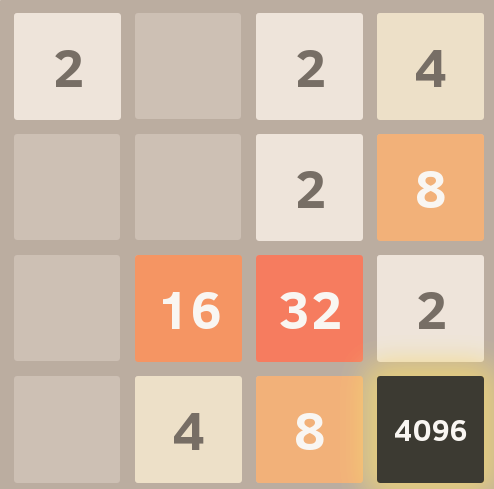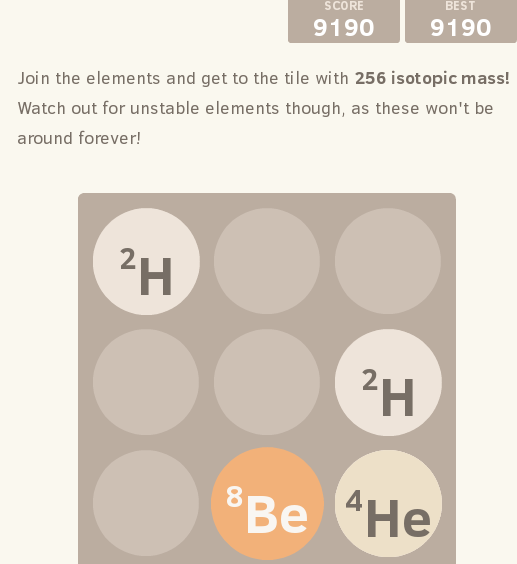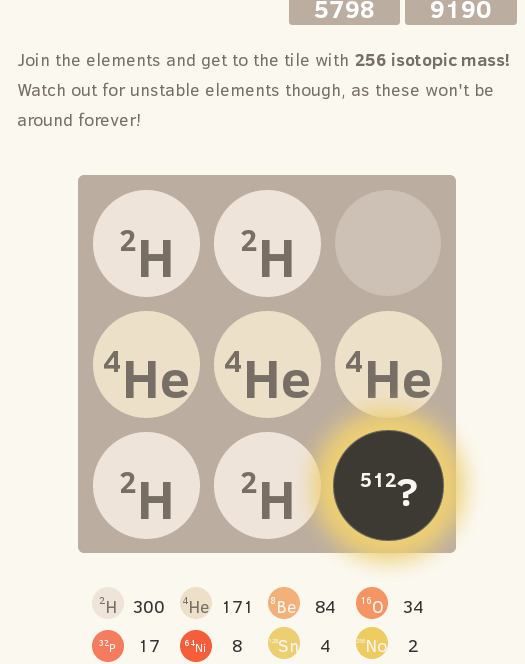Main menu
You are here
2014 Cheekiness
Last year, I had two occassions to spend too much of the department's money within the same month. I would guess that the month was either March or April because I had just started playing 2048. And the 2048 craze happened after the Winter Olympics but before the World Cup. On that note I should pause to say that 2014 was a great year especially for a Canadian. I already can't wait until 2018.

Anyway, the fun happened with prospective grad students who were considering UBC physics. During a visit like this, the department pays for a group of grad students to take the visitor out for lunch. With two of these emails that appeared, my reply was in the first batch.
The first visitor was a guy interested in numerical relativity and five of us tagged along for lunch. We went to One More Sushi and ordered many plates of food without checking how much they cost. After devouring them we ordered some more and it got to the point where other tables were staring at ours, impressed by how much we were eating. The bill for six people went over $200 and, sure enough, the friend who paid it was reimbursed shortly after.
The second visitor was a girl interested in particle physics and this time six others were invited. Three of the six were participants in the last lunch. Inspired by our previous success, we ordered even more this time. We went to Mahoney's where a bunch of people ordered steaks. We decided not to get beer as that would've been pushing it. I picked up the $300 bill expecting to be reimbursed, but no such thing happened after three weeks. Confirming our suspicions, an administrative assistant sent us an email saying that the head of the department would like a word. In it was a link to a Doodle poll for scheduling the meeting. The subject of the meeting was not mentioned but it was painfully obvious since the email was sent to exactly the six students who splurged at Mahoney's.
When we got to Colin's office, he said that we shouldn't take advantage of a department that is not made of money. We tried to convince him that we got caught up in the motion and didn't realize how expensive the meal would be. It was a classic "trip to the principal's office" from elementary school. In the end he opted to pay $180 to make the remaining $120 easy to split six ways. Chasing down five people for $20 didn't take very long.
Going back to the topic of 2048, I should mention that I've been playing Isotopic 256 almost as much. This is a chemistry version of 2048 where the isobars 8, 32 and 128 are unstable and decay after a certain number of turns. For some reason, it took me a long time to realize that reaching significant milestones after beating the game is much harder in 256 than 2048. This is because of a smaller board. Since 2048 is played on a 4 by 4 board, the highest possible tile is 216. 2048 is only 211 so it is easy to go higher. The screenshot above with 4096 is one of my best games but I'm sure I could do better if I invested the time. I know a lot of people who have reached the 8192 tile.

The chemistry version, on the other hand, is played on a 3 by 3 board so the highest possible score is 29. Getting higher than the 28 needed to beat the game is therefore very unlikely. I don't know anyone who has done it. However, high scores are still possible. In fact I would say arbitrarily high scores. The key is that you can get points without taking up space on the board if you let everything decay. So avoid the high numbers and try to get nothing higher than an 8. As long as you don't try to combine the 8s, the game can go on forever. The typical winning game has something like 3000 points, but following this strategy until I got bored, I was able to get a considerably higher number.
Update
I played hundreds more times and finally got a perfect game in 256! Filling up the entire board in order to make the 512 element landed me with this screenshot. Maybe this is a record since the game is not very well known.

The question mark atom has a lifetime shorter than tin so there is no way to ever have "?" and "No" on the board at the same time. The first one will inevitably decay before you can finish making the second. Therefore, it is theoretically possible to combine tiles ad infinitum and never lose... the probability just approaches zero as time goes on.
